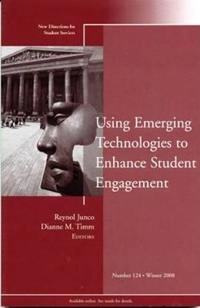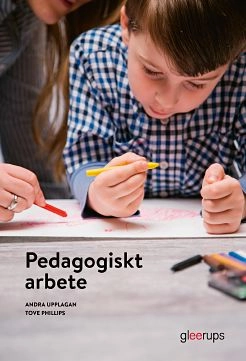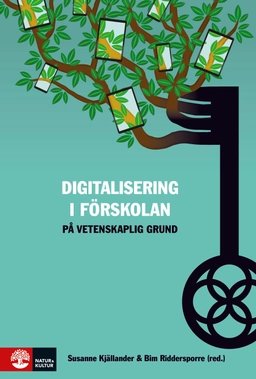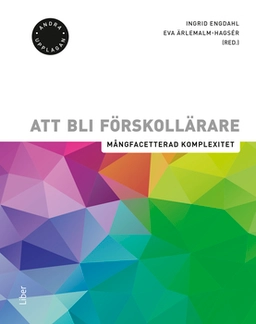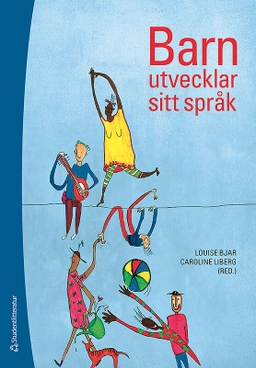Today's college students have never known a time when personal computers did not exist. They attended K-12 schools where most of their classrooms were equipped with computers. Information technology has always been part of their learning process, not to mention the impact it has had on the development of their friendships, research and writing skills, shopping, and choice of college or university to attend. They expect that institutions of higher education will respond to their inquiries without delay, much in the same way that customer service is handled on the Web. Student expectations are driving the creation of live Web chats, in-house social networking sites, university wiki, and shared virtual spaces. Unfortunately, higher education faculty and staff in general, and student affairs professionals in particular, are behind the curve in their use of information technology. Student affairs professionals are only starting to become aware that they should learn about the technologies that students have already integrated into their lives. It is imperative that student affairs professions understand these technologies and learn how to implement them to OL {list-style:disc}P:{margin-left 60px} enhance student learning build a sense of community increase student engagement facilitate communication This volume examines recent research on how information technology is affecting college student development and explores ways in which institutions are responding to increased demands for using emerging technology in supporting students. This is the 124th volume of the Jossey-Bass quarterly report series New Directions for Student Services , an indispensable resource for vice presidents of student affairs, deans of students, student counselors, and other student services professionals. Each issue of New Directions for Student Services offers guidelines and programs for aiding students in their total development: emotional, social, physical, and intellectual.
Åtkomstkoder och digitalt tilläggsmaterial garanteras inte med begagnade böcker
